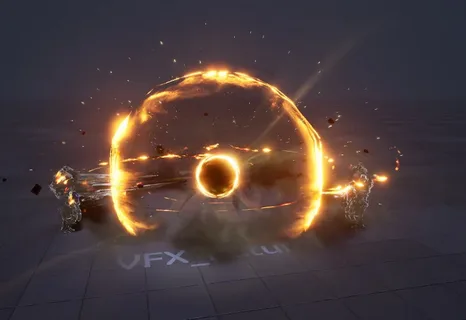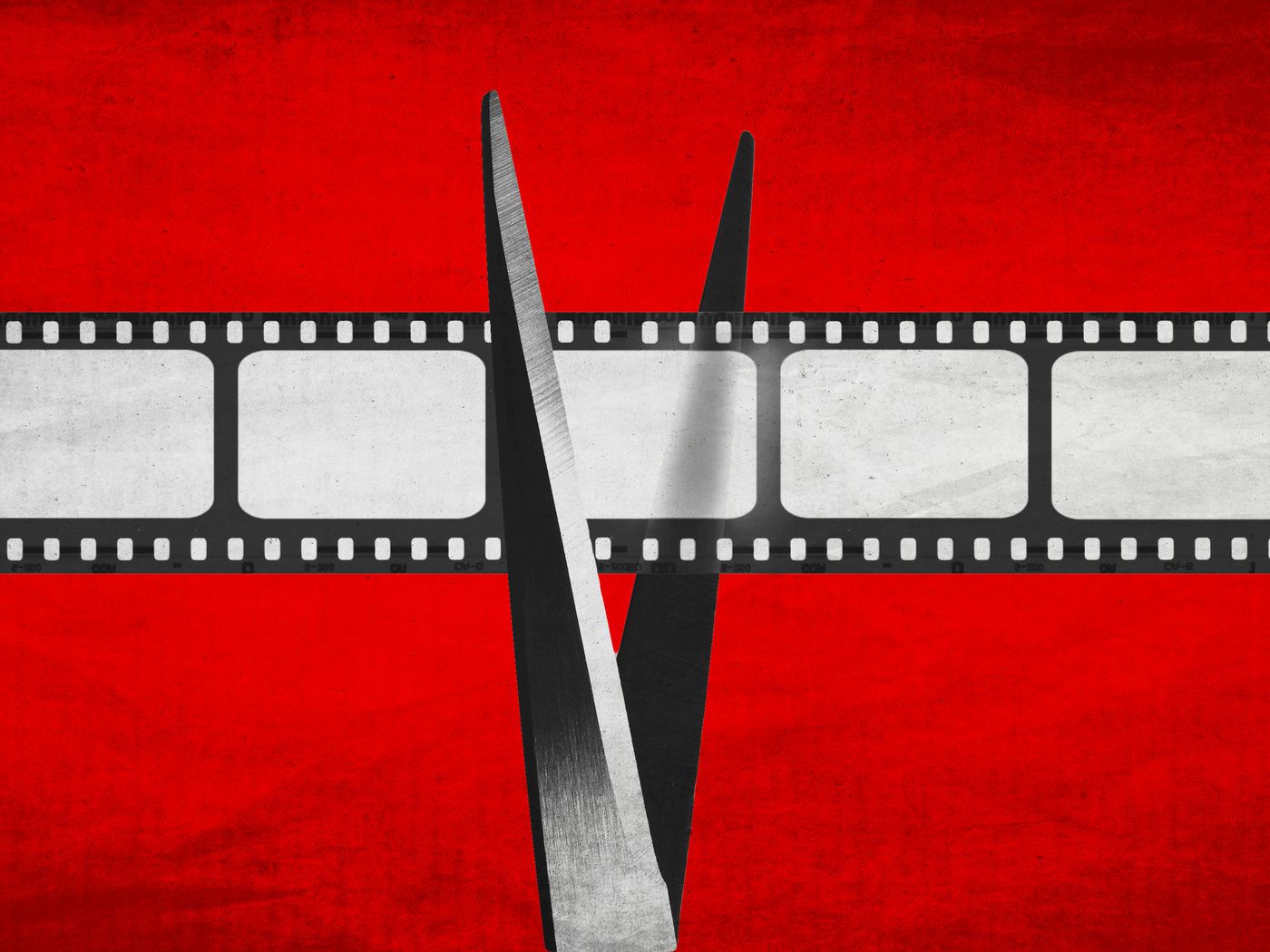Visual Effects (VFX) have revolutionized the movie industry, transforming the way stories are told and how audiences experience cinema. Gone are the days when filmmakers were limited to what they could physically capture on set. Today, thanks to VFX, the impossible becomes possible cities can collapse, superheroes can fly, dinosaurs can walk among humans, and galaxies can be created from scratch.
VFX refers to the process of creating or manipulating imagery outside of live-action footage, often using computer-generated imagery (CGI). This technology plays a critical role in modern filmmaking by enhancing visuals, correcting elements, and creating entire environments or characters that do not exist in the real world.
One of the key impacts of VFX is its ability to bring imagination to life. Directors and writers are no longer restricted by budgetary, geographic, or practical limitations. They can envision a futuristic world or a mythical creature and rely on VFX artists to make it real. For example, blockbuster franchises like Avatar, The Avengers, and Transformers owe much of their success to advanced VFX that made their worlds believable and immersive.
These visuals captivate audiences, create emotional depth, and contribute to storytelling in ways that traditional techniques could never achieve. From subtle enhancements like changing the weather or fixing costume issues to large-scale digital recreations of entire cities, VFX allows filmmakers to perfect their vision.
Additionally, VFX has changed the economics of filmmaking. While visual effects can be expensive, they can also reduce the need for elaborate physical sets, travel, or dangerous stunts. With the help of green screens, motion capture suits, and 3D modeling, filmmakers can shoot entire scenes in controlled environments and add everything else digitally.
This not only improves safety and efficiency but also opens doors for smaller studios and independent filmmakers to compete with big-budget productions using affordable VFX tools. With the rise of software like Blender, Unreal Engine, and Adobe After Effects, even low-budget films can incorporate impressive visuals.
VFX has also created new career opportunities. It has given rise to a massive industry of digital artists, animators, engineers, and technicians.
Studios in countries like India, Canada, and New Zealand have become global hubs for VFX production, contributing significantly to their economies and providing employment to thousands. Moreover, with the growing demand for high-quality content in streaming platforms, video games, and virtual reality, the need for VFX talent continues to rise.
Conclusion:
Visual Effects have undoubtedly transformed the movie industry, pushing the boundaries of creativity and innovation. They allow filmmakers to explore uncharted territories of storytelling, enhance realism, and deliver unforgettable cinematic experiences.
As technology advances, VFX will only become more powerful and accessible, continuing to blur the line between the real and the imagined. For audiences, this means more breathtaking visuals and immersive stories; for filmmakers, it means limitless creative potential. VFX is not just a tool it is a storytelling revolution.


